9.1 Simple harmonic motion
SHM equations
General equation:

For a system starting at equilibrium:

For a system starting at maximum displacement:

Angular frequency:

 Equation for simple harmonic oscillators - Khan Academy
Equation for simple harmonic oscillators - Khan Academy
Energy in SHM systems
In SHM there is energy interchange between PE and KE, however the total energy remains constant.

Variation of energy with displacement:
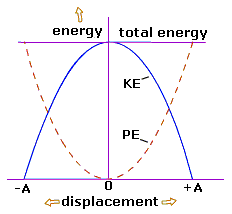
Variation of energy with time:
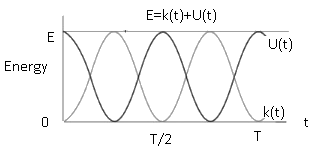 Energy In a Simple Harmonic Oscillator - video explanation
Energy In a Simple Harmonic Oscillator - video explanation
9.2 Single-slit diffraction
Graph of intensity against angle
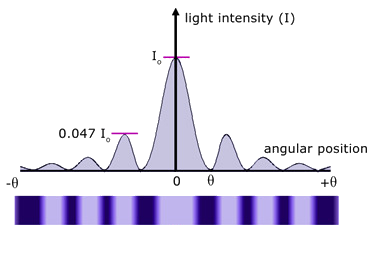
The single-slit equation


Single-slit with monochromatic and white light
The angular width of the central maximum and the angular separation of successive secondary maxima depend on the wavelenght of the light. This is why the edges of the diffraction pattern are colored.
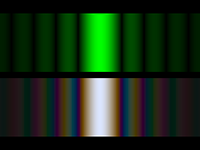 Video explanation
Video explanation
9.3 Interference
Intensity variation with the double-slit
Double-slit diffraction pattern
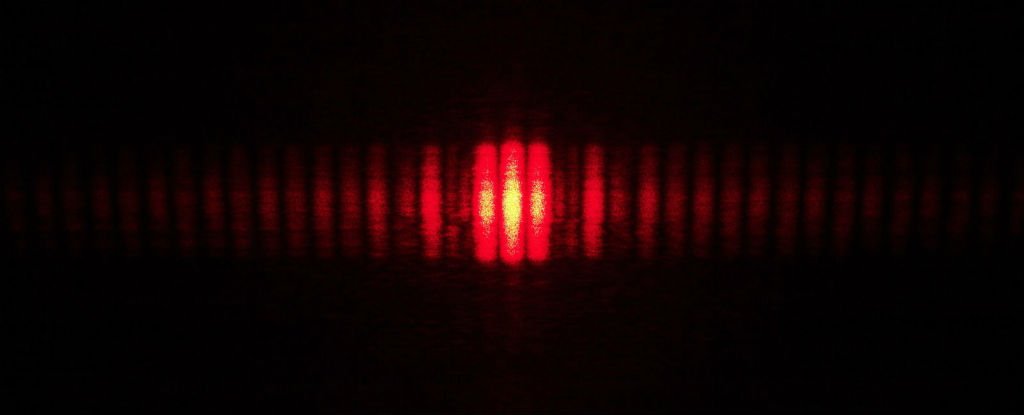

The double-slit interference pattern is a superposition of the relative intensity without diffraction for a double-slit and the variation of intensity relative to angle of a single-slit.
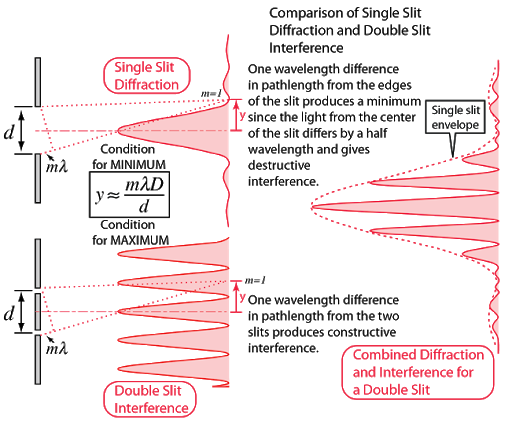 Young's double slit introduction - Khan Academy
Young's double slit introduction - Khan AcademyDouble & Single Slit Experiments and Diffraction Gratings
Hardy's Paradox (optional)
Multiple-slit interference
The effect of modulation increases with the number of slits. This causes the fringes to be narrower and their intensity being proportional to the square of the number of slits.

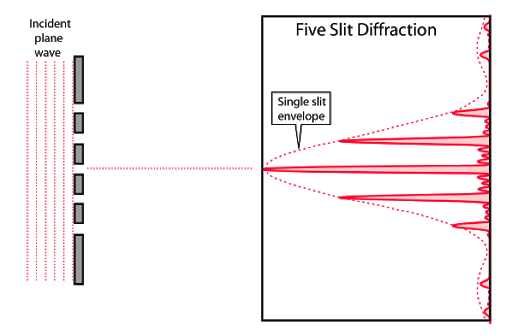 Video demonstration
Video demonstrationVideo explanation
Diffraction grating
Diffraction gratings are the consequence of the effect on the interference pattern when the number of slits is increased. They produce optical spectra and contain a large number of parallel lines (slits).

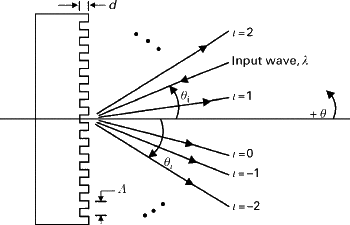 Diffraction grating video explanation
Diffraction grating video explanation
Grating spacing and number of lines per mm

N must be converted to the number of lines per meter (multiply by 1000).
Interference by division of amplitude
In an amplitude-division system, a beam splitter is used to divide the light into two beams travelling in different directions, which are then superimposed to produce the interference pattern. The Michelson interferometer and the Mach–Zehnder interferometer are examples of amplitude-division systems.
Thin film interference
Thin-film interference is a natural phenomenon in which light waves reflected by the upper and lower boundaries of a thin film interfere with one another, either enhancing or reducing the reflected light.

Thin film interference is the wave phenomenon that is responsible for the formation of (for example) regions of different color when white light is reflected from a thin film of oil floating on water.
Example with a soap bubble:

Waves reflected by the film
 Video explanation
Video explanation
Thin-film interference caused by ITO defrosting coating on an Airbus cockpit window:

9.4 Resolution
Diffraction and resolution
Resolution is the ability of an imaging system to be able to produce two separate distinguishable images of two separate objects.
Rayleigh criterion states that two sources are resolved if the principal maximum from one diffraction pattern is no closer than the first minimum of the other pattern.
The limit to resolution is when the principal maximum of the diffraction pattern from one source lies on the first minimum diffraction pattern from the second source (and vice versa).

Resolution equation

Examples:
 Resolution IB Physics - video explanation
Resolution IB Physics - video explanation
Resolvance of diffraction gratings


9.5 Doppler effect
The doppler effect with sound waves
The Doppler effect is observed whenever the source of waves is moving with respect to an observer. The Doppler effect can be described as the effect produced by a moving source of waves in which there is an apparent upward shift in frequency for observers towards whom the source is approaching and an apparent downward shift in frequency for observers from whom the source is receding.

Source moving towards observer at rest:
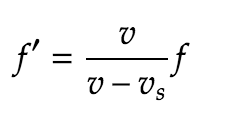
Source moving away from observer at rest:

Observer moving towards stationary source:

Observer moving away from stationary source:

Where:
 Video explanation
Video explanation
The Doppler effect with light
Because electromagnetic waves do not need a medium, the Doppler effect for EM waves is simply a relative-velocity phenomenon:

*This equation should only be used when the velocity of the observer is much smaller than the speed of light
Red Shift and Doppler EffectTopic 9 Problems
Number of correct answers: